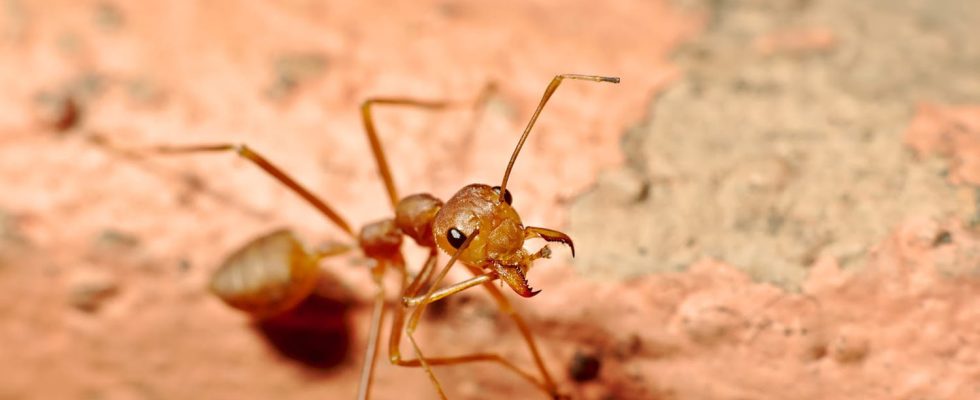Researchers fear that these ants, which are very invasive and dangerous, will spread quickly to all countries in Europe.
“We knew this day would come,” said Mattia Menchetti of the Spanish Institute of Developmental Biology. According to him, 88 nests of a very dangerous ant were discovered in Europe, near the city of Syracuse, Italy. The venom of this ant causes very virulent, burning skin reactions. Bites cause itchy red pustules in affected animals, including humans. In the most extreme cases, people who are bitten must be treated in hospital; several cases of death have been reported in allergic people.
This species is known as “solenopsis invicta”. These are a type of red ant, also nicknamed “fire ants, whose territorial development capabilities are considerable: while they were still only present in South America in the 1930s, they were found today almost everywhere in the United States. In a few decades, they have participated in the drastic reduction of other species of ants on the North American continent. And Europe is their new hunting ground.
“Solenopsis invicta is one of the worst invasive species of ants. It can spread at an alarming speed,” summarizes Mattia Menchetti of the Spanish Institute of Developmental Biology, who has just devoted an article to the insect in the scientific journal Current Biology. The expert explains in his contribution that this very aggressive red ant feeds on other insects and attacks significantly larger species if it considers it a threat: the ant bites, then injects secretions from a venomous stinger in the wound. And often multiple times.
According to the researchers’ study, an invasion should initially be feared in cities in the Mediterranean region, including Marseille and Nice, then in other cities further north with large ports such as Amsterdam or London. Also note this touch of optimism from researchers: there is a case of eradication of this species, it occurred in New Zealand a few years ago, thanks to a long multi-year program developed by State services. .

